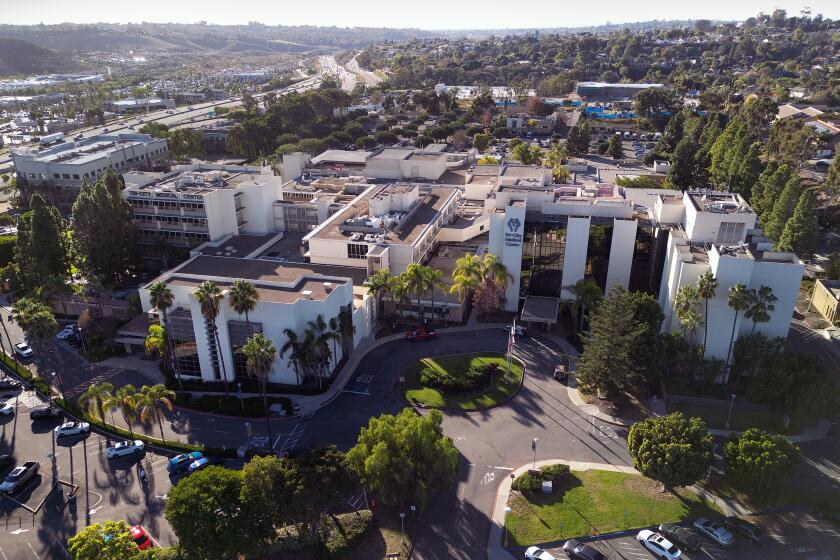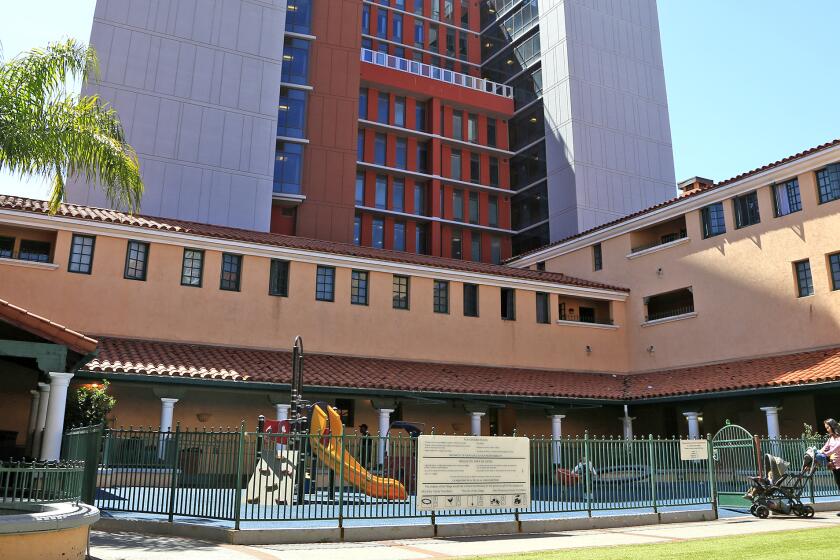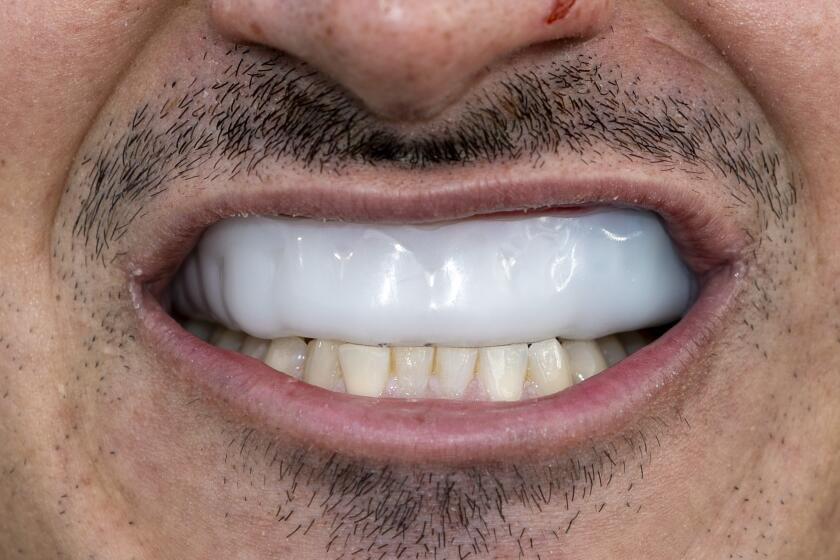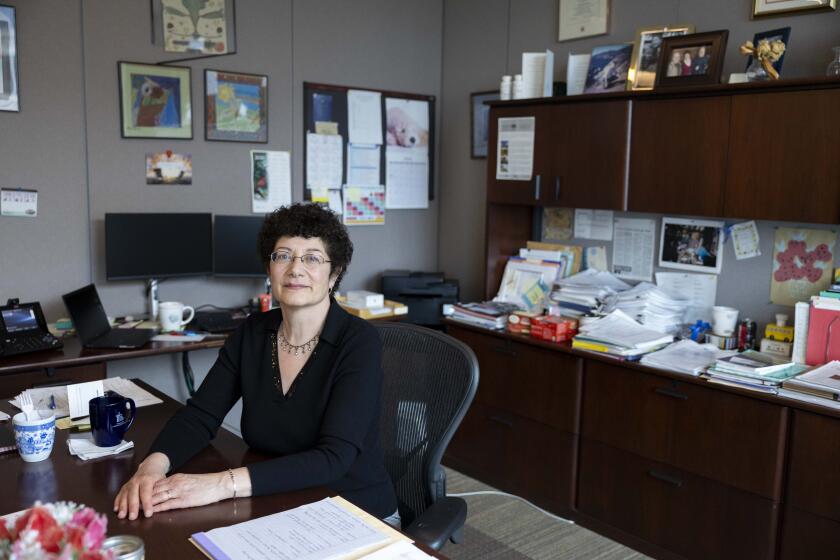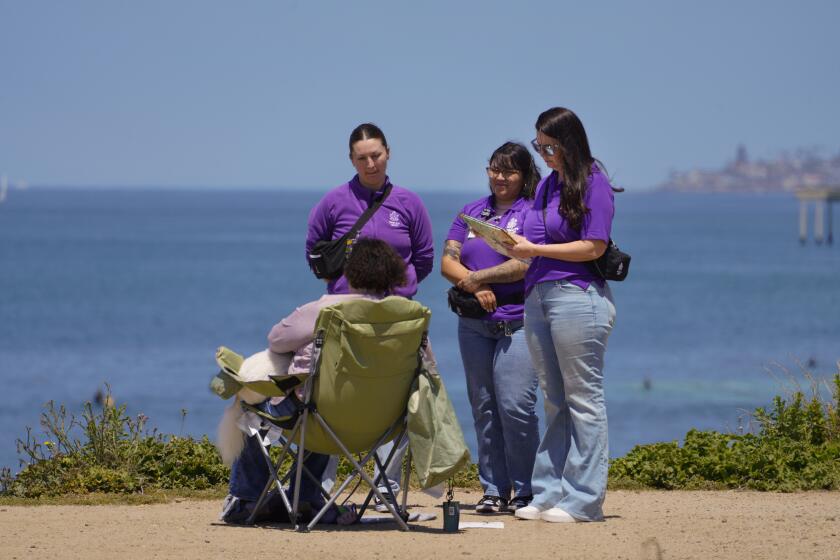San Diego-area district warns of students coming to school after receiving positive COVID-19 results

Fragmented tracking system, test processing delays, make it difficult to know for sure how often situation is happening
Some students have been “attending school with symptoms present or, in a few limited cases, students attending school with known COVID-19 positive test results.”
That alarming sentence is from an update that Andy Johnsen, superintendent of the San Marcos Unified School District, sent to all parents on Sept. 10. He stressed that less than 1 percent of the district’s roughly 20,000 students have so far tested positive for coronavirus infection, and aggressive on-site testing, contact tracing and quarantine protocols aim to keep those numbers low.
But the idea that even a few were coming in with positive tests in their back pockets, or symptoms that may indicate the presence of the virus that so many are working so hard to keep at bay, clearly hit a nerve, pushing the education executive to remind everyone “that we work together to keep our case rates low.”
The district subsequently said that just two students came to school after positive tests and, after more than a week of searching its own records, was unable to say exactly how its internal testing and contact tracing system discovered the cases.
It is not, Johnsen noted in an interview last week, like tracking a pandemic in real time is a core competency of America’s education systems. San Marcos, he said, has hired more staff and expanded its operations, but perfection is impossible when there are so many uncontrolled variables out there in the real world.
“We have a big team working on this, and I think they are working very well,” Johnsen said. “In the vast majority of situations, we’re catching things very quickly, but with more than 19,000 students, you can have a very small handful like this.
“We do need the public to help us out here.”
San Diego County’s lack of a unified case reporting system in schools — state policy directs each district to handle its own coronavirus investigations — makes it difficult to know how widespread the problem is. An informal survey of the region’s largest districts turned up none that said they have discovered similar situations where students have come in after testing positive.
All said that they monitor their students for symptoms, sending kids and adults home for coughs, headaches and other signs that an infection may be taking hold. Testing is required for close contacts, though a student’s vaccination status often will influence whether quarantine is necessary for close contacts.
But it is clear that the reach of school district-based investigations only extends so far. Some kids may be tested at local health providers not collaborating directly with their home districts. And students or staff may have been exposed at social events not attended by others in that home district, meaning that contact tracing events that start with students may not immediately discover those exposed at a cross-town birthday party, church gathering or play date.
Those who have been following along these past two years will know that there is one critical piece of the disease-tracking puzzle that should close any potential gaps. All coronavirus test results are sent to the county’s epidemiology department, which notifies school districts if their students have tested positive. The county also performs its own contact-tracing investigations, which can fill in any gaps that the school-based systems can’t see.
But the county health department’s investigations hinge on testing providers promptly sending positive test results in for further action.
The California Department of Public Health requires laboratories to report results to local public health authorities within eight hours, but that does not always happen.
A year and a half in from the start of the pandemic, there is still significant variability in the speed with which new positives make their way to the public health department. That reality was plainly visible in Wednesday’s weekly COVID-19 update which listed 851 new cases on Tuesday. But a double asterisk next to that number notes that some of those positive results came in a batch that, had they arrived more quickly, “would have been reported” from Sept. 14 through Sept. 20.
The county confirmed in a series of emails that it takes anywhere from a half-day to nearly four days for its epidemiology department to notify districts of positive tests among its students with the average being 1.7 days.
But those numbers do not include the lags in reporting from testing labs. Those that have not yet gained electronic reporting capabilities, especially smaller labs, the county said in a statement, are more likely to use “batch reporting or queued results.”
“The reporting of results to the county varies by the individual labs, with those with the quickest interfaces being the quickest to report results. Those where an intermediary collection team and lab is involved often have a longer turnaround time.”
Locality, the county continued, is the main factor on who gets their results in the quickest. The majority of local results, the county said, come from local health providers that are testing their own patients, from the county’s own public health lab or from local testing contractor Helix Diagnostics. All, the county statement said, have quick notification times.
However, some samples may take a long trip after being collected, and that can have a significant bearing on notification times.
“Many of the labs used by local medical settings are out-of-state reference labs, and the state only has so much leverage on the timeliness of their reporting,” the county statement said.
Get Essential San Diego, weekday mornings
Get top headlines from the Union-Tribune in your inbox weekday mornings, including top news, local, sports, business, entertainment and opinion.
You may occasionally receive promotional content from the San Diego Union-Tribune.



